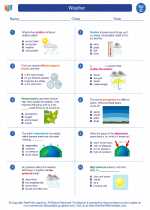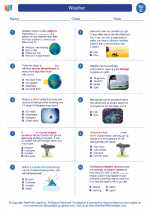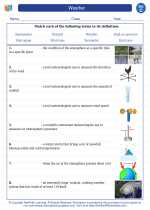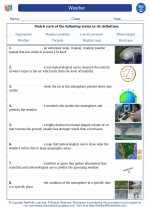Structure of Endoplasmic Reticulum
The ER can be divided into two main regions: the rough endoplasmic reticulum (RER) and the smooth endoplasmic reticulum (SER). The RER is studded with ribosomes on its outer surface, giving it a rough appearance, whereas the SER lacks ribosomes and appears smooth.Rough Endoplasmic Reticulum (RER)
The RER is involved in the synthesis of proteins. Ribosomes attached to the RER are responsible for translating mRNA into proteins that are then translocated into the ER lumen. The proteins synthesized in the RER are often destined for secretion, incorporation into the cell membrane, or for use within the cell.Smooth Endoplasmic Reticulum (SER)
The SER is involved in lipid metabolism and detoxification processes. It plays a key role in the synthesis of lipids, including phospholipids and cholesterol, and also serves as a storage site for calcium ions. Additionally, the SER is involved in the metabolism of carbohydrates and the detoxification of drugs and toxins.Functions of Endoplasmic Reticulum
- Protein Synthesis: The RER is involved in the synthesis of proteins that are either secreted from the cell or inserted into the cell membrane.
- Lipid Synthesis: The SER is responsible for the synthesis of lipids, including phospholipids and cholesterol.
- Calcium Storage: The SER acts as a storage site for calcium ions, which play a crucial role in various cellular processes.
- Detoxification: The SER is involved in the metabolism and detoxification of drugs and toxins within the cell.
Study Guide
To understand the endoplasmic reticulum thoroughly, it is important to focus on the following key points:- Identify the structure of the endoplasmic reticulum, including the differences between the rough and smooth ER.
- Understand the specific functions of the rough and smooth ER, such as protein synthesis, lipid synthesis, calcium storage, and detoxification.
- Explore the role of ribosomes in protein synthesis on the rough ER and the significance of the ER in the overall process of cellular metabolism.
- Consider the relationship between the endoplasmic reticulum and other organelles within the cell, such as the Golgi apparatus and the nucleus, in the context of cellular processes.
◂Science Worksheets and Study Guides Third Grade. Weather
Study Guide Weather
Weather  Worksheet/Answer key
Worksheet/Answer key Weather
Weather  Worksheet/Answer key
Worksheet/Answer key Weather
Weather  Worksheet/Answer key
Worksheet/Answer key Weather
Weather  Vocabulary/Answer key
Vocabulary/Answer key Weather
Weather  Vocabulary/Answer key
Vocabulary/Answer key Weather
Weather 

 Worksheet/Answer key
Worksheet/Answer key
 Worksheet/Answer key
Worksheet/Answer key
 Worksheet/Answer key
Worksheet/Answer key
 Vocabulary/Answer key
Vocabulary/Answer key
 Vocabulary/Answer key
Vocabulary/Answer key

The resources above cover the following skills:
EARTH AND SPACE SCIENCE (NGSS)
Earth’s Systems
Students who demonstrate understanding can:
Represent data in tables and graphical displays to describe typical weather conditions expected during a particular season.